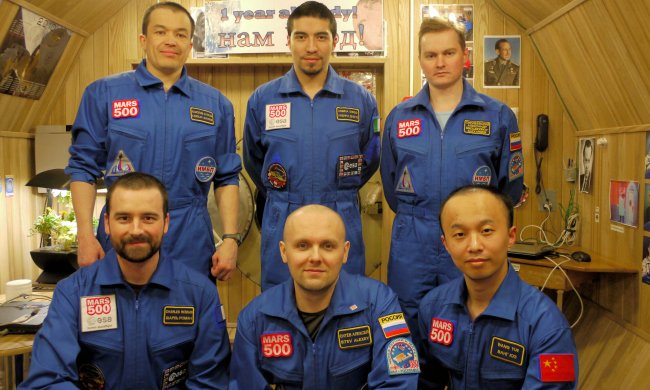China is pretty darn serious about putting people on the moon, and it has the training program to prove it. To help prepare people for the arduous task of lunar travel, Chinese students on the campus of Beihang University in Beijing recently underwent 200 continuous days in a “lunar lab” to simulate what it might be like. The four volunteers spent six-and-a-half months living in the 1,720-square-foot “Yuegong-1” cabin.
Prior to the four volunteers entering the facility for 200 days, it was occupied by two men and two women who stayed for 60 days. Now that the four who stayed for 200 days have departed, the original four will return for an additional 105 days. The first experiment in the module took place in 2014, when an initial 105-day trial was carried out. This latest test is the longest that anyone has stayed in the simulated lunar environment.
Speaking with official Chinese news agency Xinhua, the module’s chief designer Liu Hong said that the 200-day extended stay is intended to challenge both the stability of the lunar lab and the “psychological status of the volunteers.” At one point during the foursome’s 200-day stay, the lab experienced unintended blackouts.
The facility features four sleeping cubicles, a common room, room for raising animals, and a waste-treatment room. This treatment room includes a special bio-fermentation system for breaking down and recycling human waste. These waste byproducts can then be used by the inhabitants to grow experimental crops and vegetables.
China has long been outspoken about its lunar ambitions. While it does not expect to land astronauts on the moon for at least the next decade, it has nonetheless invested billions of dollars in its military-run space program. At present, the plan is reportedly for China to have a crewed outpost on the moon by 2022. This “lunar lab” project is one part of those preparations, by helping give potential lunar explorers both the physical and mental tools they will need for longer stays on the moon’s surface.
In the past, sources have suggested that China plans to land a spacecraft on the dark side of the moon in the next few years — something that would be a first for any country.



